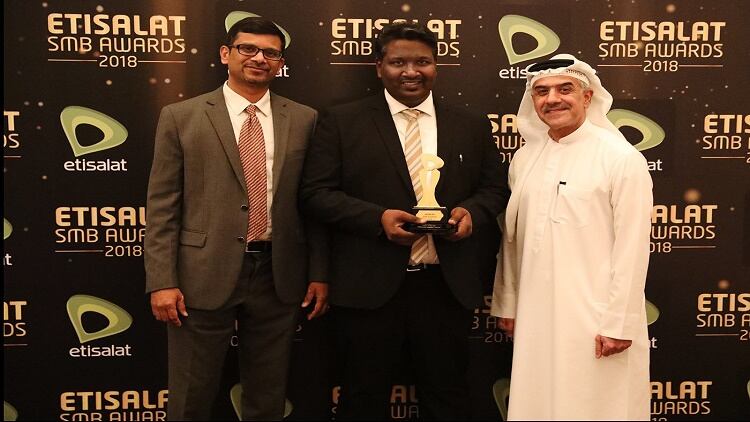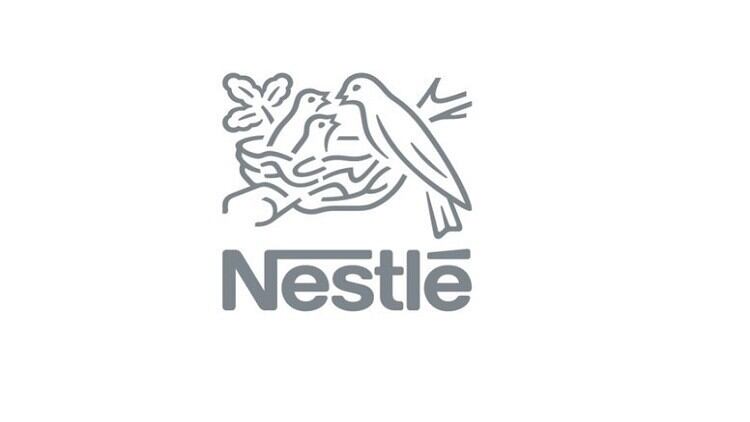The global food and beverage giant had earlier announced its plan to achieve “full supply chain transparency” and disclosed the lists of commodity suppliers as an industry-first move.
In China, the company had adopted blockchain last year and at present, the supply chain of 50 key products – mainly nutritional and dairy related products could be traced, Tony Domingo, the head of supply chain in Nestlé China told FoodNavigator-Asia in an interview.
“We started to use blockchain last year and really intensify it towards the backend of last year.
“All of these 50 key products are fully traceable in China, 65% of these 50 products are traceable globally and the remaining 35% are not yet global. It is purely a matter of synchronising the system and we have a roadmap that looks at specific categories based on our strategies and our plans. By following this particularly roadmap, we make sure that the percentage level increases,” Domingo said.
Besides blockchain, he added there were internal mechanisms and solutions that were custom-made or developed for Nestlé for “a broader level visibility on where our products have been and where they are and going.”
To build up on its ongoing efforts, the firm is planning to expand the number of products that could be managed through blockchain.
“Our portfolio is so big, from confectionery, water, nutrition, coffee to varieties of baby, adult and senior products, so at this point in time, we don’t have an exact figure, but it could be between 15%, probably 18% increase,” he said.
He added that the other plan for this year was to expand and refine the additional types of information that could be traced, to provide consumers with more relevant product information.
Benefits
With the use of blockchain, Domingo said that the firm was able to provide customers with information such as product origin, distribution centres that it came from, and the amount of handling time.
“If I know that a particular product has been at a particular place for a certain period of time and at another place for a certain period of time, it gives me a view on how long was the product in the North (of China) before it goes to the South, so again, in terms of traceability as a customer, it gives me confidence that we know where our products are.
“Now from a consumer point of view, when I scan the QR code, the system tells me exactly where the product has been in, it increases the level of legitimacy and the level of trustworthiness, because I as a consumer or customer have got access to that type of data and information,” Domingo said.
From the company’s point of view, other benefits included a broader visibility of its transactional activities, flow of data, optimised distribution network, improved trust, and enhanced granularity of decision-making process.




